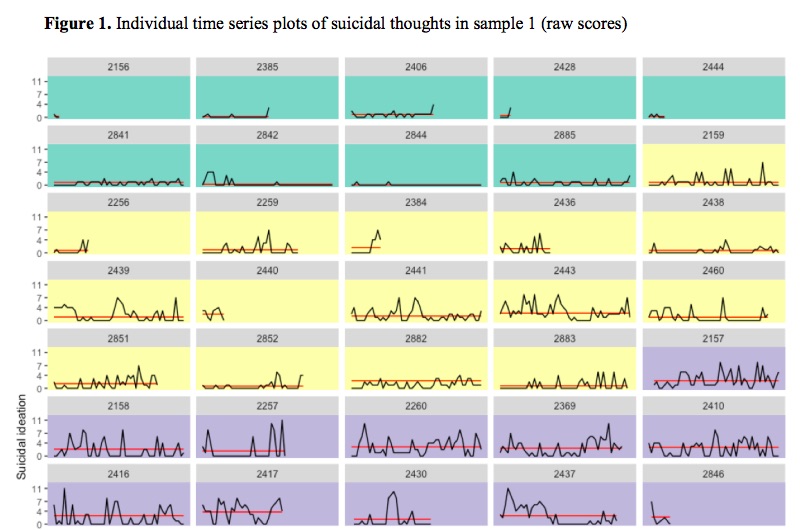Case Studies
Boston Children's Hospital: Ecological Momentary Intervention for Marijuana Use in Youth
Synopsis
They used the mEMA System to provide personalized messages to participants throughout the day that were tailored to the specific momentary context (e.g. hanging out with friends). The messages were personalized based on counselors' in-person interactions with each participant then added into the app by the clinical team each week.

Lydia Shrier, MD, MPH
Attending physician at Boston Children’s Hospital
Research Profile
mHealth (Full Text)
Harvard Medical School: Digital Phenotyping in Suicidal Ideation
Synopsis
Before work with the mEMA System suicidal thinking was seen as a homogenous construct. Typically snapshot assessments were taken days, weeks, or months apart with missed the variation in suicidal thought that happens over hours. The available methodologies blunted our understanding.
A group from Harvard Medical School used the mEMA System for “digital phenotyping” – real-time characterization and quantification in human thought in situ.
They found five previously unknown distinct phenotypes of suicidal thought. there was a significant relationship between some of these phenotypes and a recent suicide attempt. This work has opened up a new avenue in the understanding of suicide and its prevention.

Evan Kleiman Ph.D
Assistant Professor, Rutgers University
Research Profile
“Depression & Anxiety” (Full Text Paper)
Ambulatory Digital Phenotyping of Blunted Affect and Alogia using Objective Facial and Vocal Analysis: Proof of Concept
Synopsis

Remote Monitoring of Negative Symptoms in Schizophrenia
Synopsis
Reliable and valid scales for assessment of the negative symptoms of Schizophrenia are available. However, they have certain issues that affect their validity, such as recall biases, halo effects, and issues of social desirability as they are usually completed with the clinician. Dr. Strauss’s group wanted to know if digital phenotyping methods could be complementary to the existing scales.
Dr. Strauss and his team used the mEMA platform to prompt participants at various times of day, across different contexts to complete momentary, digital versions of these scales. They also obtained passive digital phenotyping measures, such as geolocation, accelerometry, and ambient sound (VOX) concurrently with the mEMA surveys.
Dr. Strauss and his team found the digital versions to be reliable and psychometrically valid and to have much better resolution both temporally and across contexts. These findings open the possibility for both enhanced assessment and a digital therapeutics application that would allow patients from all parts of the world to monitor their own symptoms, and let the app prompt them when it’s time to seek additional treatment. Validation of the EMA and passive digital phenotyping approaches may allow for siteless clinical trials in the future.
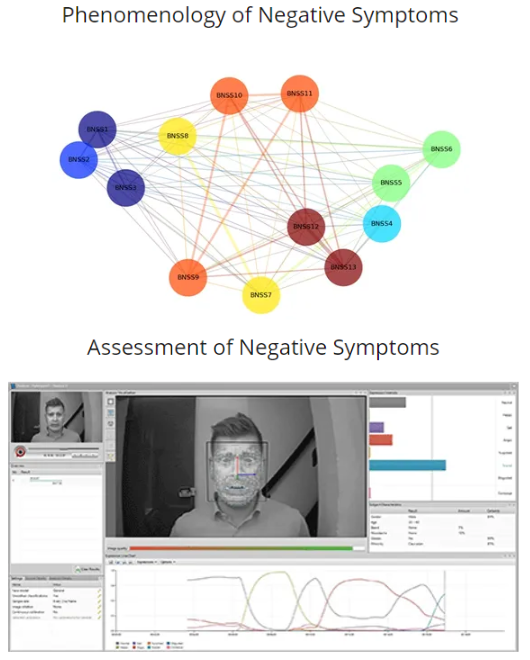

Assistant Professor of Psychology and Neuroscience
Research Profile
Director of the Clinical Effective Neuroscience Laboratory
Director of the Georgia Psychiatric Risk Evaluation Program
University of Georgia
UT Southwestern Medical Center: Feasibility Study of Problem-Solving Training for Care Partners of Adults With Traumatic Brain Injury, Spinal Cord Injury, Burn Injury, or Stroke During the Inpatient Hospital Stay
Synopsis
Dr. Shannon B. Juengst’s study using Ecological Momentary Assessment was designed to determine the feasibility of delivering an evidence-based self-management intervention, problem-solving training (PST), to care partners of individuals with traumatic brain injury (TBI), spinal cord injury (SPI), burn injury, or stroke during the inpatient hospital stay. PST is a metacognitive self-management intervention that teaches individuals a global strategy for addressing self-selected problems. Participants received up to six sessions of PST in person or via telephone during their care recipient’s inpatient stay.
Dr.Juengst’s team used the mEMA System to measure the feasibility of recruitment, intervention delivery, and post-intervention use of Smartphone-based assessments measuring problem-solving, participant satisfaction, and engagement with the intervention.
Participants were very satisfied with PST, reported a strong working alliance, and demonstrated very good engagement. It was concluded that delivering a self-management intervention to care partners via a Smartphone app during the care recipient’s acute hospital stay is feasible for a subset of potential participants. Short lengths of stay, language fluency, and perceiving no potential benefit were noted barriers. Boosters via smartphone app have the potential for self-management intervention.
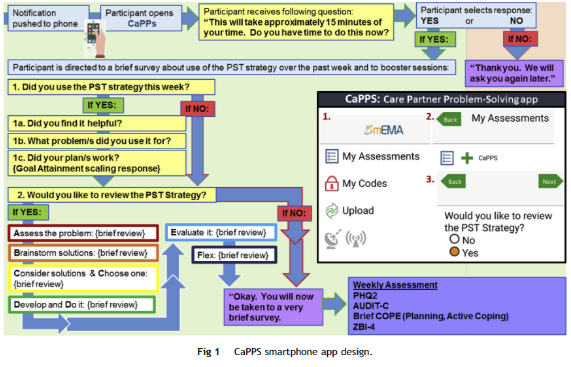

Shannon B. Juengst, Ph.D
Assistant Professor, Department of Physical Medicine and Rehabilitation, at the University of Texas Southwestern Medical Center
Research Profile
Archives of Rehabilitation Research and Clinical Translation
McMaster University: MovingU – A prospective cohort study to understand behavioral and environmental contexts influencing physical activity during transition into emerging adulthood.
Synopsis
In his study, Dr. Matthew Kwan examines the acute transition of physical activity (PA) of out of high school-aged adolescents into early adulthood. The MovingU study works to gain a comprehensive understanding of the behavioral patterns and the socio-ecological factors related to the changes in PA during transition out of high school. The MovingU study was comprised of two phases where Phase one followed 120 students in their last year of high school through their first year out of high school. Phase two was a cross-sectional study involving 100 first-year university students.
In both phases, students were asked to wear a wrist-worn accelerometer and to complete questionnaires measuring various psychological and socio-environmental variables four times throughout the transition period. Daily questionnaires were presented to students on their own Smartphones using the mEMA System. Students in Phase two of the study were asked to wear the wrist-worn device for five days and complete ecological momentary assessments using their smartphones at randomly selected times throughout the day to capture information regarding contextual and momentary correlates to PA.
Dr. Kwan’s study is the first to evaluate the social and environmental influences of PA behavior changes, including the use of intensive real-time data capture strategies during the transition out of high school. The study’s information will be critical in the development of interventions aimed to prevent or attenuate drastic declines in physical activity during emerging adulthood.
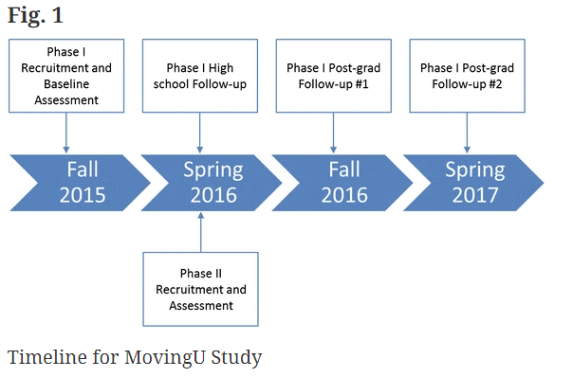

Matthew Y.W. Kwan, Ph.D
Assistant Professor, Department of Family Medicine,
McMaster University
Research Profile
BMC Public Health
University of British Colombia: An examination of diurnal variations in neuropathic pain and affect, on exercise and non-exercise days, in adults with spinal cord injury.
Synopsis
Dr. Kathleen Martin Ginis’ study utilizes ecological momentary assessment to measure the intra-individual diurnal variations in neuropathic pain and affect on exercise and non-exercise days in a community setting. The study aims to provide a deeper understanding of how neuropathic pain and affect change from pre to post-exercise, and over time.
Using the mEMA System, participants with spinal cord injuries (SCI) completed the Feeling Scale, Felt Arousal Scale, and Neuropathic Scale in response to six daily prompts, before and after exercise. Paired samples t-tests were conducted on changes in neuropathic pain and affect from pre to post-exercise.
Participants experienced a significant decrease in neuropathic pain following completion of at least one bout of exercise. The overall results suggest exercise can reduce neuropathic pain, and may also increase feelings of pleasure. Further research is needed to look at both individual characteristics and characteristics of exercise that may moderate changes in neuropathic pain and affect for adults with SCI.


Kathleen Martin Ginis, Ph.D
Professor at the School of Health and Exercise Sciences
University of British Columbia
Research Profile
Spinal Cord Series and Cases
Rutgers: Are suicidal thoughts reinforcing? A preliminary real-time monitoring study on the potential affect regulation function of suicidal thinking.
Synopsis
Dr. Evan Kleinman’s study examines whether the occurrence of suicidal thinking was followed by decreased negative affect and increased positive affect in 43 adult participants who attempted suicide at least once in the past year.
The mEMA System was used to run 28 days of smartphone-based real-time monitoring, where participants were signaled four times per day to report on current affect and whether they were having suicidal thoughts. Additionally, participants could initiate a survey whenever they had a suicidal thought.
Changes in affect occurred when suicidal thinking was active at the current time but not at approximately 4-8 hours later. Negative affect decreased and positive affect increased when participants went from a period when they were experiencing suicidal thoughts to a period where they were not. Findings provided preliminary evidence that suicidal thinking leads to shifts in affect. These shifts in affect may be reinforcing, helping to explain why suicidal thinking is so persistent for some patients.
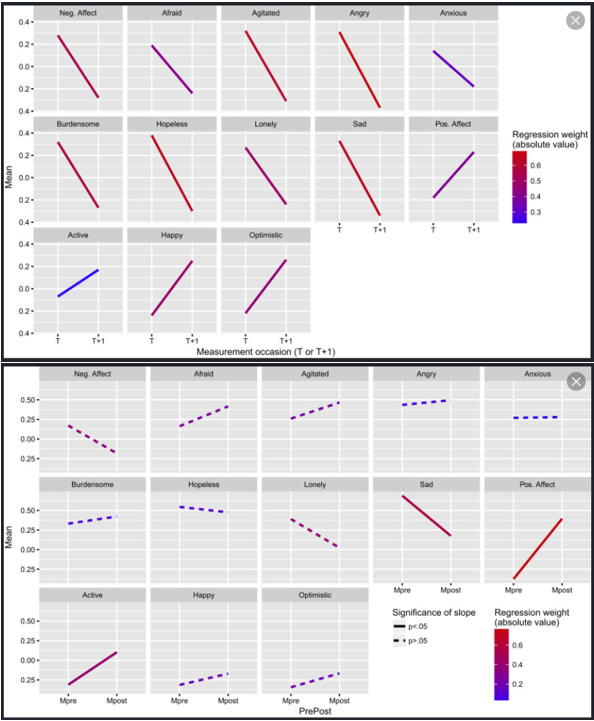

Evan M. Kleinman, Ph.D
Assistant Professor, Department of Psychology
Rutgers, The State University of New Jersey
Research Profile
Journal of Affective Disorders
Universidade Estadual de Londrina: Characterization and Agreement Between Application of Mobile Ecological Momentary Assessment (mEMA) and Accelerometry in the Identification of Prevalence of Sedentary Behavior in Young Adults
Synopsis
Catiana Leila Possamai Romanzini’s study describes sedentary behavior (SB) in the physical, social, and environmental contexts and verifies the agreement between mobile Ecological Momentary Assessment (mEMA) and accelerometry in the identification of SB in young adults.
Over the course of seven days, 123 young adults used concomitant mEMA and Actigraph wGT3xBT accelerometer. Data of 2,262 mEMA prompts and respective count values in each minute were included in the analysis. mEMA identified the presence of SB in 78.1% of prompts, while accelerometry identified 70.9%.
The study demonstrates the viability of mEMA use to obtain information about the occurrence of SB in contextual factors and good sensitivity to identify the presence of SB in young adults. The combined use of these methods is suggested in future studies about SB in young adults.
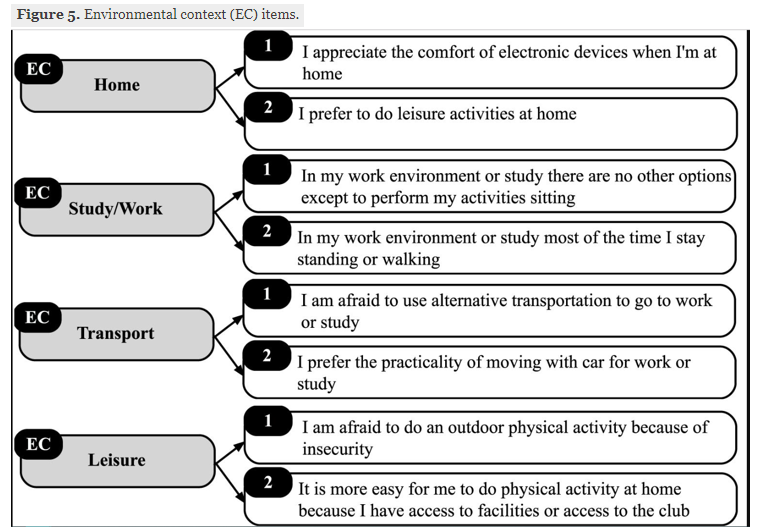

Catiana Leila Possamai Romanzini
Assistant Professor, Department of Physical Education
State University of Londrina Brazil
Research Profile
Frontiers in Psychology
University of Illinois at Chicago: Feasibility of ecological momentary assessment to study mood and risk behavior among young people who inject drugs
Synopsis
Dr. Mary E. Mackesy-Amiti’s study tests the acceptability and feasibility of ecological momentary assessment (EMA) of mood and injection risk behavior among young people who inject drugs (PWID), using mobile phones.
Participants used the mEMA System to respond to momentary surveys on mood, substance use, and injection risk behavior for 15 days. Participants were assigned to receive surveys four, five, or six times per day.
This study demonstrated high acceptability and feasibility of EMA among PWID with up to six survey prompts per day. EMA of mood and injection behavior is feasible. EA is a promising approach to the study of mood and injection risk behavior.
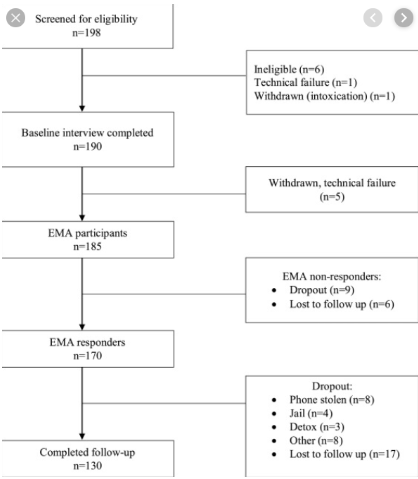

Mary E. Mackesy-Amiti, Ph.D
Research Assistant Professor at the University of Chicago
Research Profile
Journal of Drug and Alcohol Dependence
Zoom-Based Mindfulness-Oriented Recovery Enhancement Plus Just-in-Time Mindfulness Practice Triggered by Wearable Sensors for Opioid Craving and Chronic Pain
Synopsis


Eric Gardland, Ph.D
Positive Encounters as a Buffer: Pain and Sleep Disturbances in Older Adults’ Everyday Lives
Synopsis
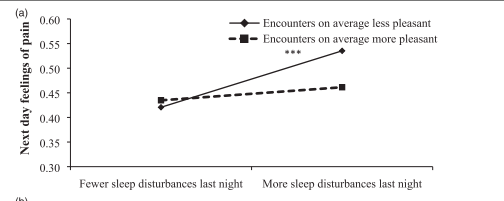
Wearable Technology for the Terminally Ill
Synopsis

Diabetes Stress
Synopsis
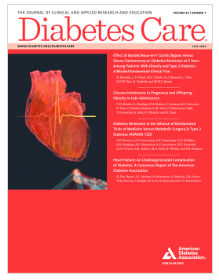
Movement
Synopsis



